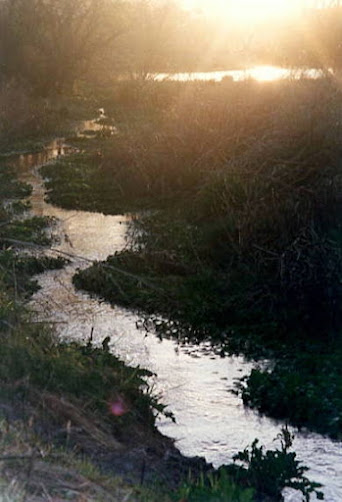A Beautiful Robe
The scientific name for Gambel’s Quail is Callipepla gambelii, which comes from the Greek for “beautiful robe”. And indeed, they are cloaked in a gorgeous array of feathers: both the male and female have a black crest that looks like a forward-facing comma, an elegant gray neck and back, striking chestnut-and-cream patches on their sides, and a cream-colored belly streaked with brown. In addition, the male has a large black patch on his lower belly and his face, and a chestnut cap.
 |
| Male Gambel's Quail with Eurasian Collared Dove |
Gambel’s Quail live year-round in the Sonoran, Chihuahuan, and Mojave deserts, as well as parts of the Great Basin. They can be found along rivers, creeks, washes, and irrigation ditches as well as up to a mile high in chaparral and oak woodlands. In Arizona, their range overlaps almost exactly with that of the Western Honey Mesquite. This tree provides them with nutritious food and safe nesting places on the ground beneath, or amongst lower branches. In fact, they like Mesquite seeds so much that they will pluck them out of cattle and coyote droppings! They also eat a wide variety of other seeds, and fruits from Hackberry, Saguaro, Cholla, and Prickly Pear. Below is a video of a covey group foraging in the garden on a November morning.
During the winter months, several coveys will often join together to forage in large groups of 20-30 individuals, which can create quite a hubbub. I’ve noticed however, that even when a large group arrives in our garden at the same time, they typically split into individual coveys to each feed in a different area, then trade spots with other coveys until they’ve all visited each garden area. Many times, one member of a covey will perch on a fence post or at the top of a shrub to act as a “lookout”, and warn the other quail when alarmed. To me, their alarm call resembles a squeaky frog or a cat’s meow! Then the whole covey takes off at once, usually flying for a short distance. In the video below, you can see how intently a male Gambel's Quail is looking out for danger.
During courtship, males perform an interesting ritual called “tidbitting” to attract a mate. When a female approaches, the male will fan his tail and display it up in the air with his head near the ground, while offering the female bits of food. He may offer her a special treat of worms or insects for extra energy, something that both males and females need at this time of year. These treats are also fed to their chicks during the first few days after hatching. Another fascinating fact is that, just before her eggs hatch, the female will call to the chicks, which cheep to each other from inside the eggs. Then the eggs hatch in synchrony!
Gambel's Quail will reproduce more after a winter and spring when there is plenty of rain, which produces ample food, and reproduce less after a dry winter and spring. This is a characteristic of many desert wildlife species.
 |
| A snappy-looking mask and crest, don't you think? |
This month, if you see a Gambel’s Quail run into view on some sunny morning, I hope you’ll stop and take a few minutes to admire its unique behavior and “beautiful robe”. For more information, photos, and videos of these delightful birds, visit the Cornell University website www.allaboutbirds.org
Photo credits:
All photos and videos by Emily Bishton




